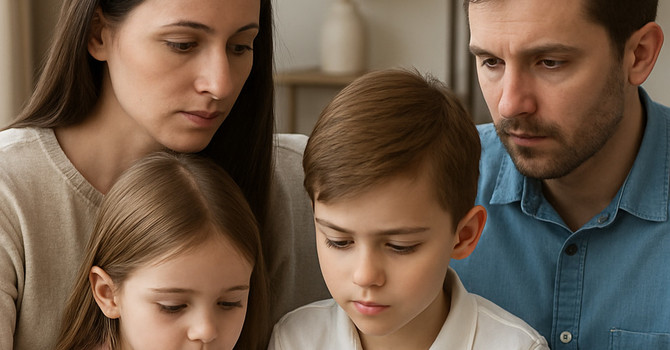
The Benefits of Grounding Techniques for Anxiety
Anxiety can feel overwhelming, like a tidal wave of worry, fear, or physical discomfort that takes over both mind and body. When this happens, grounding techniques can provide a powerful way to bring you back to the present moment, easing distress and promoting a sense of calm.
What Are Grounding Techniques?
Grounding techniques are simple, evidence-based strategies that help individuals refocus on their surroundings rather than being consumed by anxious thoughts or sensations. These techniques use sensory input, cognitive redirection, or body movement to create a connection to the present moment, making them particularly effective in moments of heightened anxiety or panic.
The Benefits of Grounding Techniques
-
Immediate Anxiety Relief
Grounding techniques work quickly, making them valuable tools for managing acute anxiety. By shifting attention away from distressing thoughts and toward the present, they can help break the cycle of anxious rumination. -
Enhances Emotional Regulation
When anxiety spikes, emotions can feel overwhelming. Grounding techniques help regulate these emotions by providing a structured way to calm the nervous system and regain control. -
Reduces Physical Symptoms
Anxiety often manifests physically—rapid heartbeat, dizziness, shallow breathing. Techniques like deep breathing, progressive muscle relaxation, or cold exposure (such as holding an ice cube) can help ease these symptoms by engaging the parasympathetic nervous system. -
Increases Mindfulness and Presence
Many grounding strategies align with mindfulness principles, encouraging individuals to focus on the present moment. This helps reduce the mental clutter that fuels anxiety and enhances overall well-being. -
Easy to Use Anytime, Anywhere
One of the best things about grounding techniques is their accessibility. Whether at work, in a crowded space, or at home, they require no special tools—just awareness and practice.
Simple Grounding Techniques to Try
-
5-4-3-2-1 Method: Identify 5 things you see, 4 things you touch, 3 things you hear, 2 things you smell, and 1 thing you taste.
-
Deep Breathing: Inhale for four counts, hold for four counts, and exhale for four counts.
-
Body Awareness: Focus on how your feet feel on the ground or press your hands against a textured object.
-
Engage the Senses: Suck on a mint, splash cold water on your face, or hold an object with an interesting texture.
Final Thoughts
Grounding techniques are simple yet effective tools for managing anxiety. While they may not eliminate anxiety entirely, they offer an immediate way to reduce distress and regain control. With regular practice, these techniques can become a reliable part of an anxiety management toolkit, fostering resilience and calm in even the most stressful moments.
If anxiety is impacting your daily life, consider reaching out to a therapist who can help develop a personalized plan for managing it. You don’t have to navigate it alone.
.JPEG)
.JPEG)





